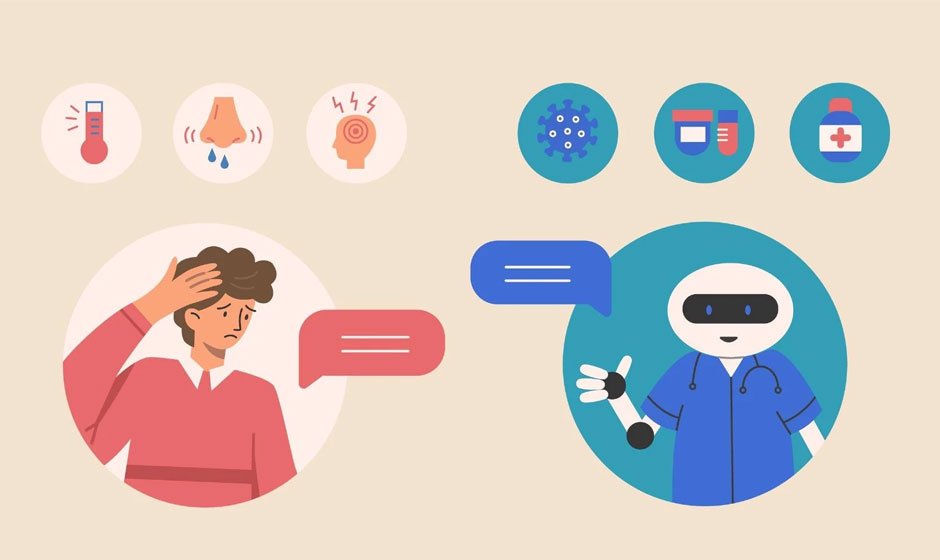From Admission to Follow-Up: Automating Patient Care for Efficiency and Empathy

In today’s fast-paced healthcare environment, providers face a constant challenge: delivering high-quality, empathetic care while managing administrative tasks and ensuring efficient operations. As patient expectations rise and the demand for healthcare services grows, finding ways to streamline processes and improve the patient experience has become more critical than ever. This is where automation comes into play.
The Importance of Automation in Patient Care
Automation in healthcare refers to the use of technology to perform tasks that were previously done manually, such as appointment scheduling, patient registration, and medical billing. By automating these processes, healthcare providers can:
- Reduce errors and inconsistencies
- Save time and resources
- Improve communication and coordination among staff
- Enhance the patient experience through faster, more personalized service
Moreover, automation allows healthcare professionals to focus on what matters most: providing compassionate, patient-centered care.
From Admission to Follow-Up: Breaking Down the Patient Journey
To understand how automation can be applied throughout the patient journey, let’s break it down into key stages:
1. Appointment Scheduling and Reminders
Automated systems, powered by medical practice management software, revolutionize this initial interaction by offering online scheduling options. Patients can choose their preferred time and date for an appointment through a user-friendly interface, reducing the burden on administrative staff and minimizing scheduling conflicts. Furthermore, automated appointment reminders via email or text message help patients keep track of their appointments and reduce the number of no-shows.
2. Patient Registration and Check-In
Gone are the days of filling out lengthy paper forms in a waiting room. With automation, patients can complete registration forms online before their visit, saving time for both patients and staff. Automated self-check-in kiosks are also becoming increasingly popular, allowing patients to check-in upon arrival and update any necessary information quickly.
3. Medical Billing and Claims Processing
Automation streamlines the often complex and time-consuming process of medical billing and claims processing. By automating data entry, coding, claim submission, and payment processing, healthcare providers can reduce errors and delays while improving revenue cycle management.
4. Follow-up and Patient Engagement
Automation can also help healthcare providers stay connected with patients after their visit. Automated patient reminders for follow-up appointments or medication refills can improve compliance and continuity of care. Communicating test results, treatment plans, and educational materials through automated systems can also enhance patient engagement and satisfaction.
Overcoming Common Objections and Challenges
Despite the benefits of automation, some healthcare providers may have concerns about implementing new technologies. Common objections include:
- Cost:While there may be an initial investment, automation can lead to long-term cost savings through increased efficiency and productivity.
- Staff resistance: Providing proper training and emphasizing the benefits of automation can help staff embrace change and adapt to new processes.
- Privacy and security: Choosing automation solutions that prioritize data security and compliance with regulations like HIPAA can help mitigate risks.
The Future of Patient Care
As technology continues to advance, the future of patient care looks increasingly automated. Emerging trends and technologies to watch include:
- Artificial intelligence (AI) and machine learning for personalized treatment plans and predictive analytics
- Telemedicine and remote monitoring for improved access to care and chronic disease management
- Blockchain technology for secure, interoperable health data exchange
By embracing automation and staying at the forefront of these advancements, healthcare providers can position themselves for success in the years to come.
Conclusion
Automating patient care from admission to follow-up offers numerous benefits for healthcare providers and patients alike. By streamlining processes, reducing errors, and enabling more personalized, efficient care, automation can help healthcare organizations meet the challenges of today’s healthcare landscape. As the industry continues to evolve, those who adopt automation and leverage the power of technology will be best equipped to deliver the high-quality, empathetic care that patients deserve.



